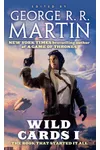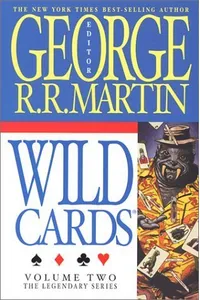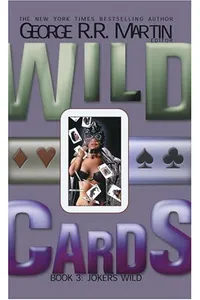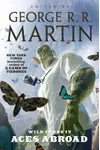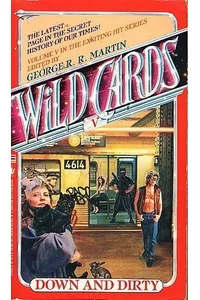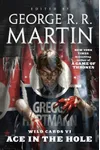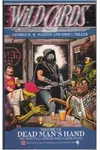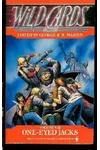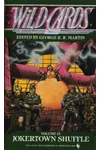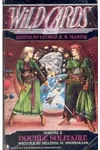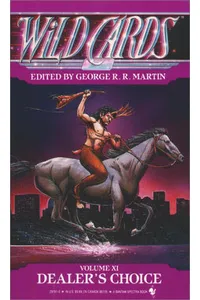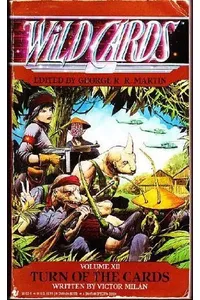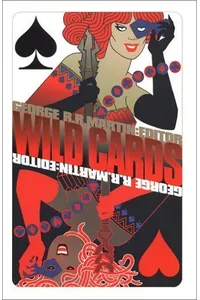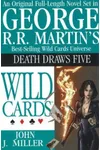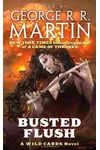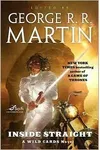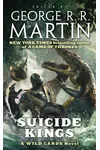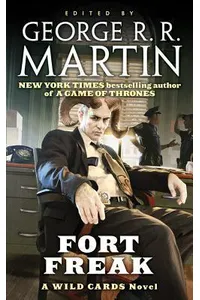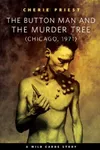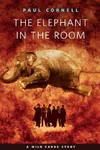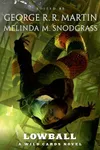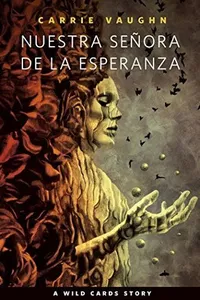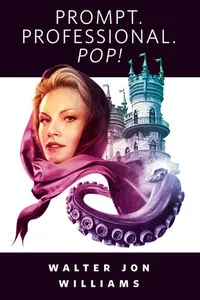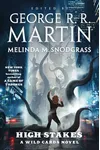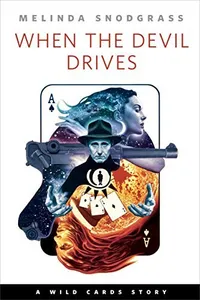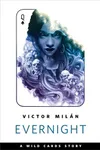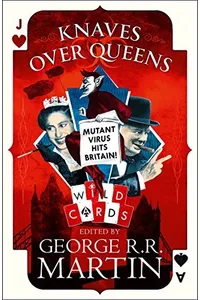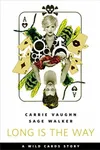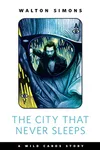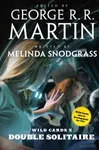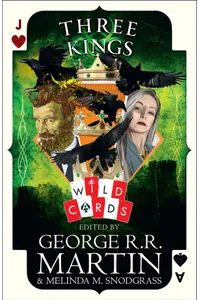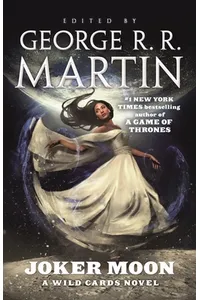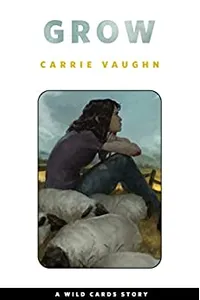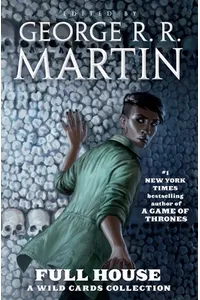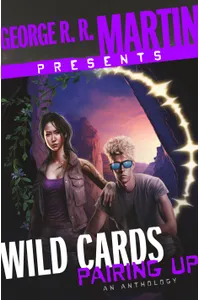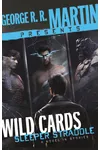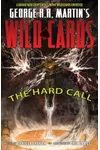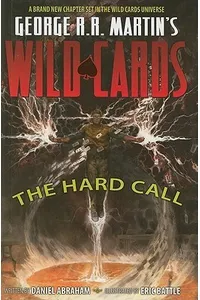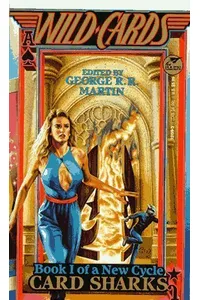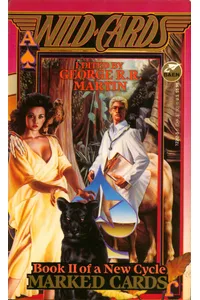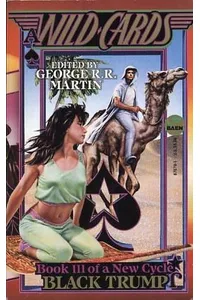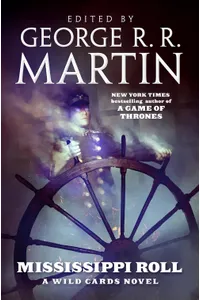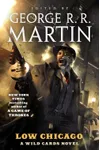Step into the electrifying world of Wild Cards, George R.R. Martin’s sprawling superhero saga that trades capes for gritty realism and comic-book flair for raw human drama! Set in an alternate history where an alien virus reshapes humanity, this collaborative series blends science fiction, political intrigue, and character-driven storytelling with a diverse cast of superpowered 'Aces' and mutated 'Jokers.' Ready to explore a universe where superheroes walk among us, flaws and all?
Unlike Martin’s epic fantasy A Song of Ice and Fire, Wild Cards delivers a unique mosaic of interconnected tales, penned by a talented ensemble of sci-fi and fantasy authors. From shadowy alleys to global crises, it’s a thrilling ride that redefines what it means to be a hero.
How Wild Cards Began
In the mid-1980s, George R.R. Martin, already a respected sci-fi author, was itching to blend his love for comic books with a darker, more grounded take on superheroes. Inspired by a tabletop role-playing game campaign he ran using the Superworld system, Martin and a group of New Mexico writers, including Melinda M. Snodgrass, crafted a shared universe. The result? Wild Cards, launched in 1987, with an alien virus, Xenovirus Takis-A, unleashed over New York in 1946, killing most victims, disfiguring others as Jokers, and granting a lucky few extraordinary powers as Aces.
What started as a creative experiment grew into a groundbreaking anthology series, with contributors like Roger Zelazny and Walter Jon Williams adding their voices. Martin and Snodgrass’s editorial vision ensured a cohesive world, blending pulp energy with real-world grit, making Wild Cards a pioneer in shared-universe storytelling.
The Heart of Wild Cards
The series kicks off with Wild Cards (1987), a collection of stories introducing the virus’s aftermath, from the tragic Jetboy to the telekinetic Turtle. Aces High (1987) dives into the 1980s, tackling an alien Swarm invasion and global tensions. Jokers Wild (1987) zooms into New York’s gritty Jokertown, while Inside Straight (2008) fast-forwards to a new generation of heroes navigating reality TV and geopolitics.
Wild Cards stands out for its themes of power and prejudice, exploring how society treats the superhuman and the marginalized. Jokers face bigotry in ghettos like Jokertown, echoing real-world struggles, while Aces grapple with fame, morality, and corruption. The series’ mosaic style—short stories and novels interwoven—creates a tapestry of perspectives, from vigilantes to politicians, all set in an alternate 20th century where superpowers reshape history.
With its blend of noir, superhero action, and social commentary, Wild Cards feels like a love letter to comics, but with Martin’s signature depth. It’s less about spandex-clad saviors and more about flawed humans navigating a chaotic world.
Why Wild Cards Resonates
Wild Cards has left a lasting mark on the superhero genre, predating gritty reboots like Watchmen and offering a prose alternative to comic-book universes. Its collaborative nature has nurtured talents like Carrie Vaughn and Daniel Abraham, while its diverse characters and real-world issues keep it relevant. Fans on platforms like Reddit praise its world-building and bold storytelling, even if some note its 1980s edge can feel dated.
With over 30 books, graphic novels, and a planned TV adaptation, Wild Cards continues to evolve, inviting new readers to its vibrant universe. Its legacy lies in proving superheroes can be as complex and compelling in prose as they are on the page or screen.
- First Published: 1987
- Number of Books: 34 as of 2025
- Notable Authors: George R.R. Martin, Melinda M. Snodgrass, Roger Zelazny
- Awards: Hugo Award nominee (1988)
Dive into Wild Cards and discover a superhero saga that’s as thrilling as it is thought-provoking. Grab the first book and unleash your inner Ace!
